Crimson
Brilliant_Rock
- Joined
- Apr 3, 2019
- Messages
- 696
I’ve noticed some GIA reports about ruby state that the stone is unheated but that “an orange foreign material is present in surface reaching fractures”. See, for example this: https://www.1stdibs.com/en-gb/jewel...-diamond-platinum-cocktail-ring/id-j_6749541/
Could anyone please help explain what this comment means? It sounds negative to me.
Thank you1
Could anyone please help explain what this comment means? It sounds negative to me.
Thank you1


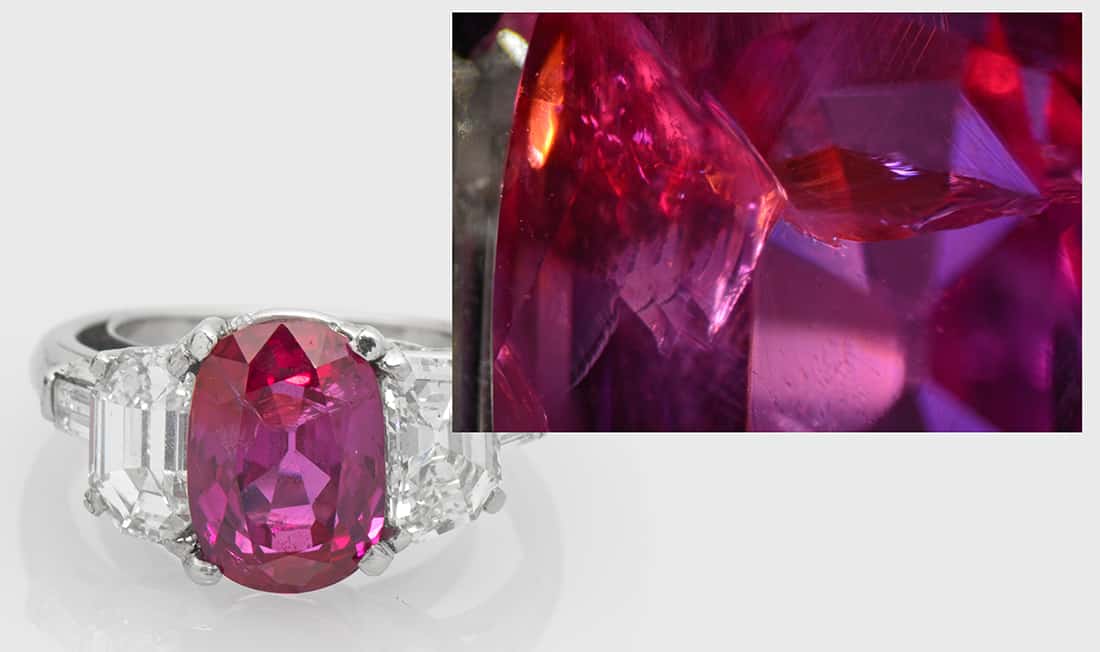
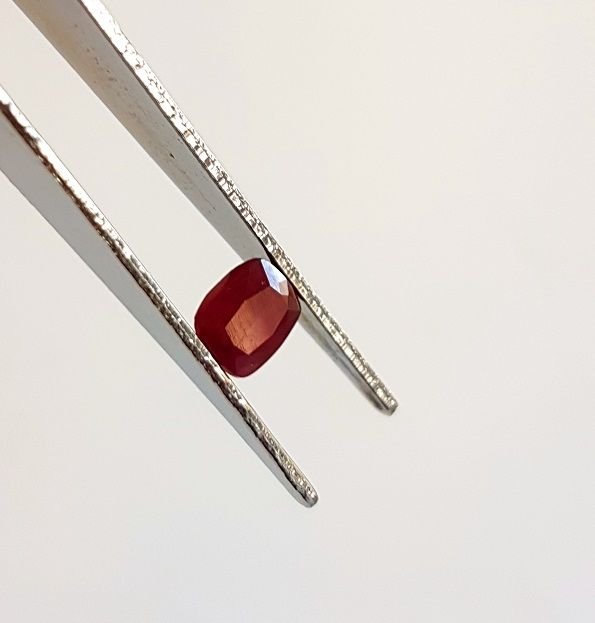
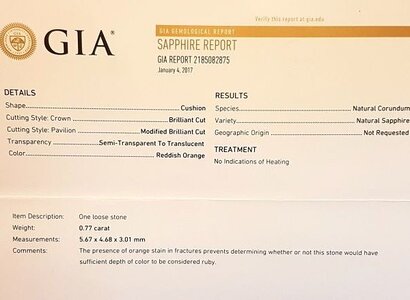
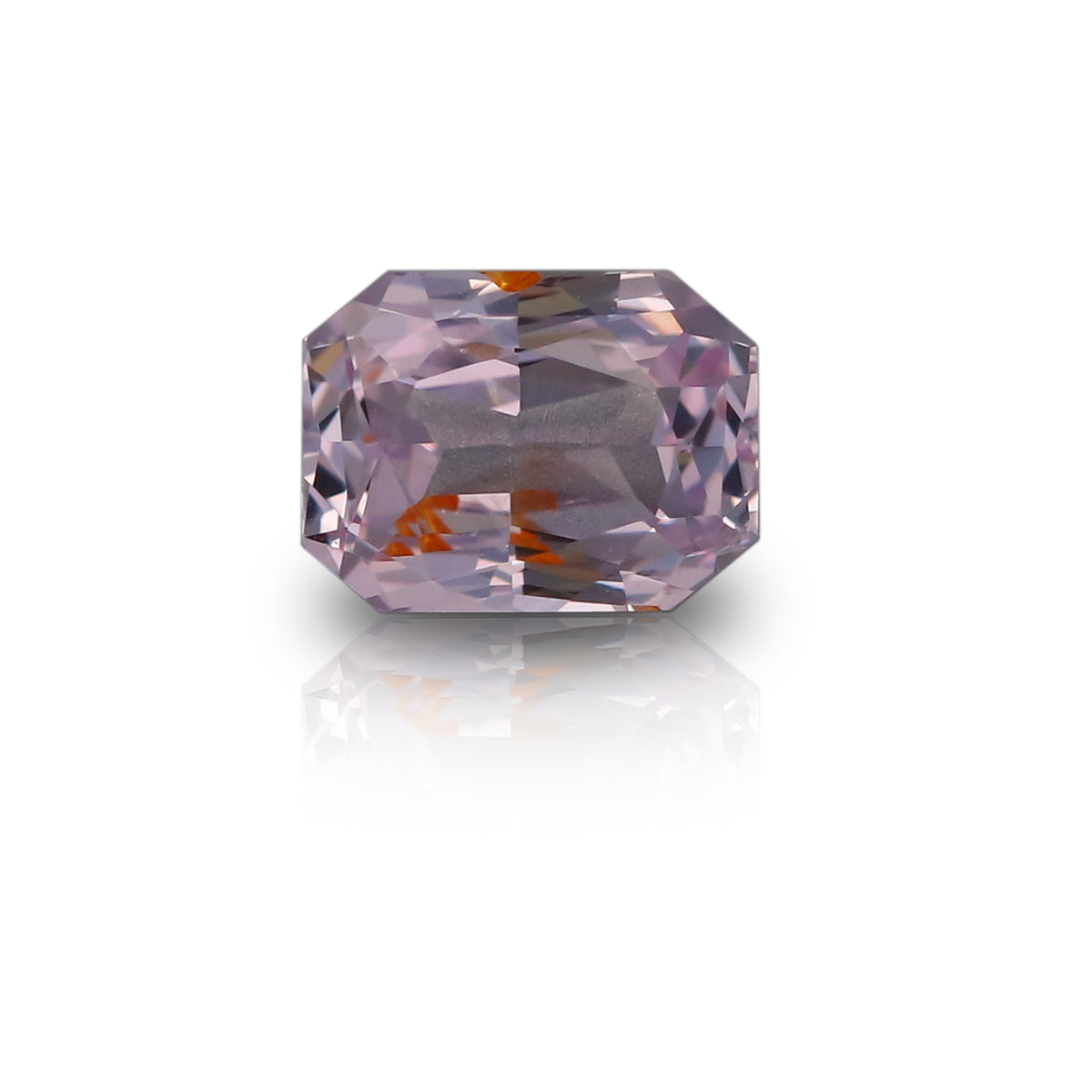

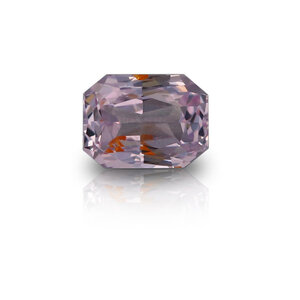

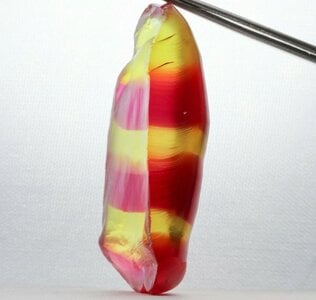



300x240.png)